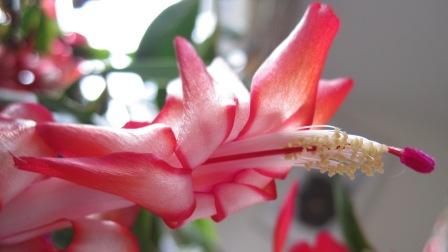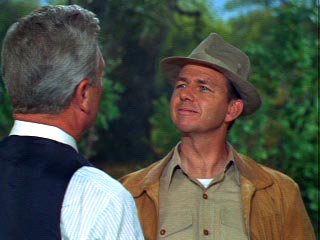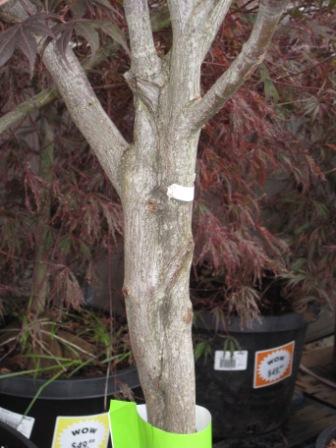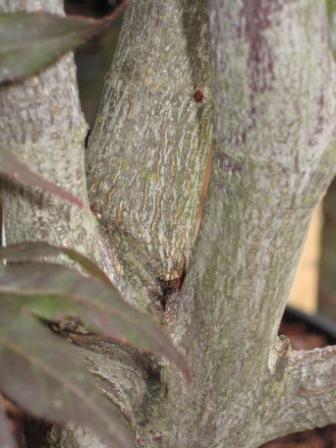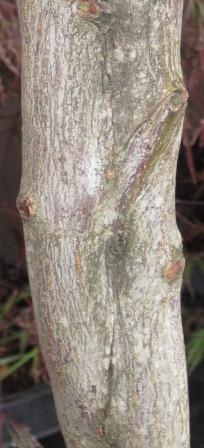Love ’em or hate ’em, poinsettias are the number two potted flowering plant produced and sold in the U.S., only (very recently) surpassed by orchids. Especially amazing when you consider the five-week market window. Commercial growers go at poinsettia (“points”) production usually one of two ways: 1) smaller pot, high volume, low margin for mass markets; or 2) larger pot, florist-quality, unusual varieties, for independent garden centers, florists, and other specialty retailers. If you shopped any big box store this past weekend (bless your heart), you saw rolling racks of “doorbuster” deals such a 4.5″ points priced $1.25 or even less. Interestingly, wholesale prices for even the small, high volume product range from $2.05 to $2.88.
Poinsettias from transplant to finish take from 12 to 15 weeks on a greenhouse bench; often require special lighting (or blackout technology), plant growth regulators, and often extra labor to pinch once to encourage branching. Much more expense/inputs than your average 6-pack of petunias, hence the very slim margin for growers of mass market plants. That’s why many growers have taken route “2” – the dee-luxe, gift-type point that appeals to pickier consumers. Big, beefy plants in 8″ to 12″ pots, unusual colors such as pink, plum, and “marbled”, well-pinched to produce lots of showy bracts, wrapped in tastefully decorative pot covers all can command a much higher price point, both by the grower and the retailer. (I don’t have it in me to speak of the bizarre painting/glitter trend at the moment. Maybe I’ll save it for next week.)
Poinsettia breeders are always looking for color breaks, and one of the most “interesting” is this new introduction by Ecke called ‘Polar Bear’:

Pic taken at OFA, the big floriculture trade show, this past July.
There are a couple unusual things about this introduction. One, it comes with a “cause” – Polar Bears International. Ecke’s donating 5% of the sales price (that would be the sale of their rooted liners to finishing growers) to the non-profit conservation society. There’s a whole slew of point-of-purchase tags, pot covers, bows, and signage that goes with, not to mention an informational web site. The other unusual thing is that they insist on calling it “white”. Or at least “creamy”. It’s…not. A lovely lemon-curd yellow, or perhaps off-off-off-off cream. But most polar bears (except for the exceedingly pristine one in their tag photo) aren’t exactly white either. Anyhoo, it’s certainly a good cause, and if “lemon curd” goes with your holiday decor, consider picking up a ‘Polar Bear’!

